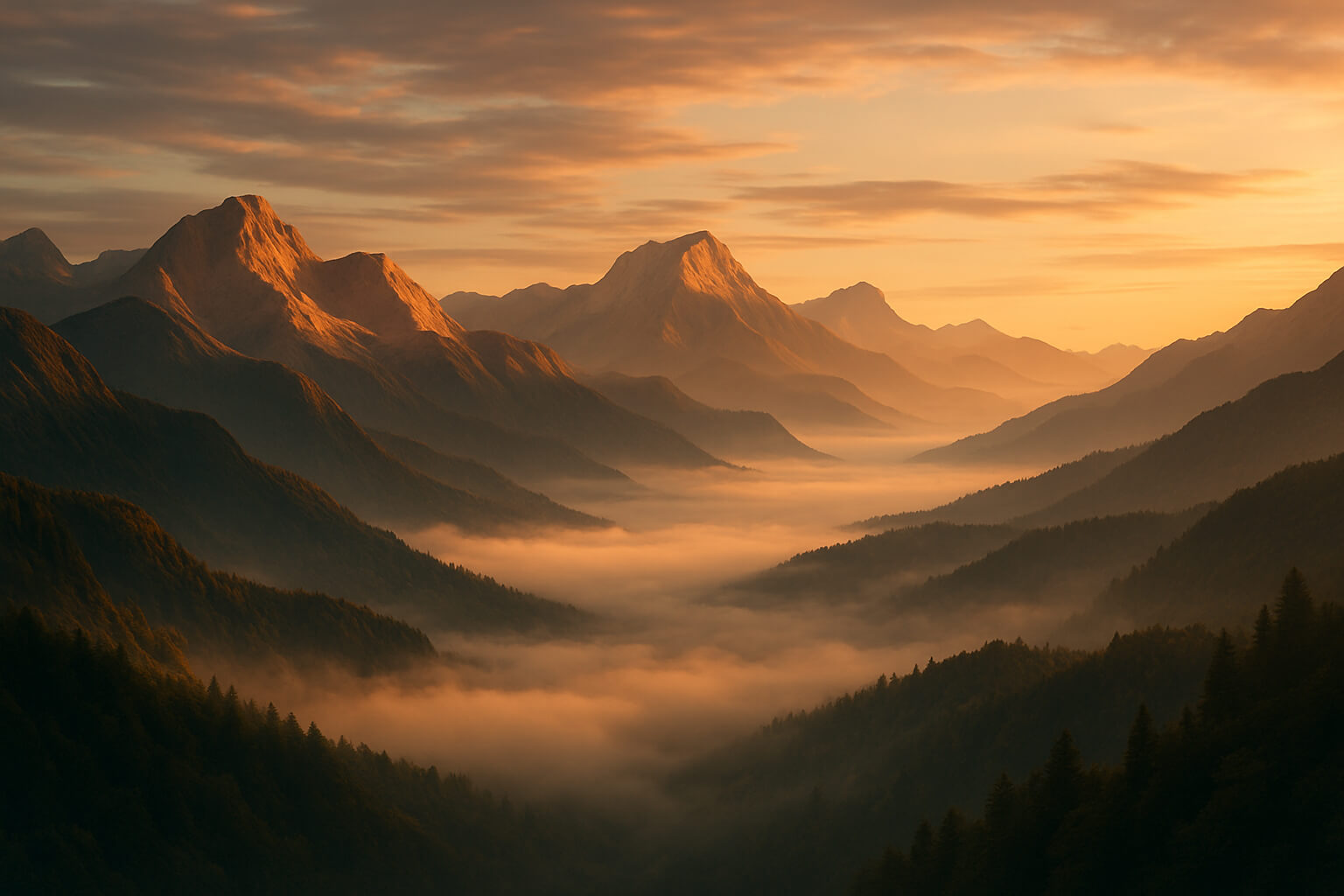May 30, 2025

Mountain photography is more than pointing your camera at a summit—it's about capturing the emotion, scale, and soul of these natural giants. From cloud-kissed peaks to winding alpine trails, mountains offer endless visual drama—if you know how to frame it.
Whether you're trekking solo at sunrise or traveling light with minimal gear, this guide offers actionable tips to help you create truly breathtaking images.
Timing is everything in mountain photography. Harsh midday sun can flatten your shots, while early morning and late afternoon—golden hour—add warmth, contrast, and long shadows that define the landscape beautifully. For moody, atmospheric tones, shoot during blue hour, just before sunrise or after sunset.
Tips:
Mountains test your endurance and your gear. Prioritize lightweight, weather-sealed equipment that can perform in rugged, unpredictable conditions.
Essential gear:
Looking for an easy entry point? Check out this guide on the best beginner-friendly cameras in 2025 to get high-quality results without breaking the bank.

A great mountain photo isn’t just wide—it’s layered. Add depth to your frame by composing with foreground interest and leading lines.
Try this:
Want to level up your storytelling? Borrow from cinematic portraiture—see techniques used in creative wedding photography to evoke emotion and mood in your landscape scenes.
Mountain light can be extreme. Snow, sun, and sky often create high-contrast conditions that are tough to expose correctly.
Solutions:
For refined post-processing, check out this comparison of color correction vs. color grading to learn how to enhance your tones naturally and effectively.

The best mountain images tell a story. Go beyond the obvious peak shot. Document the full experience—every rugged moment and atmospheric shift.
Consider adding:
Once you’ve captured your narrative, turn it into a visual product. Learn how to sell your photos online or explore top photo-selling websites to share your mountain stories with the world.
Editing is where your images come alive—but subtlety matters. The goal is to enhance contrast, texture, and mood without losing the natural feel.
Editing tips:
Need the right tools? Try one of the best photo editing apps in 2025 for professional results, even on the go.
Got a power line or an unplanned tourist in your shot? Use smart tools from this object removal guide to clean up distractions.

Mountains are humbling. Whether you're climbing them or photographing them, they remind us how small we are—and how vast the world can be. With thoughtful planning, creative vision, and the right gear, your mountain photography can reflect not just what the terrain looks like—but what it feels like to stand among giants.
So go slow. Breathe the air. Frame the moment. The mountains are calling—and your camera should answer
Stay up to date with the newest tips, gear reviews, and step-by-step guides to elevate your photography journey from home and beyond.